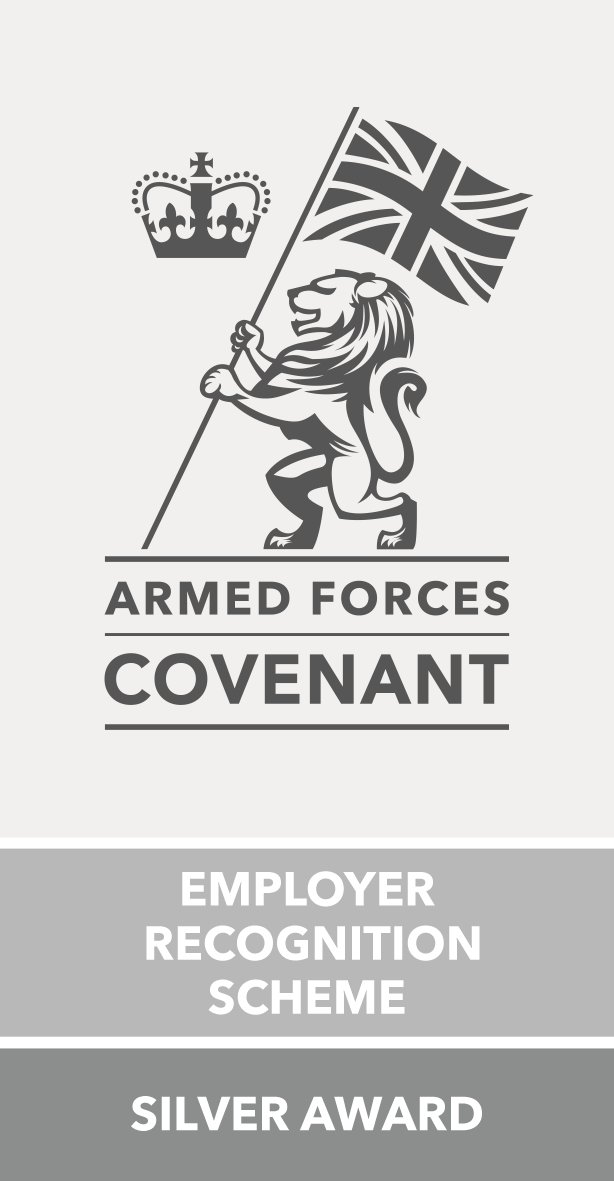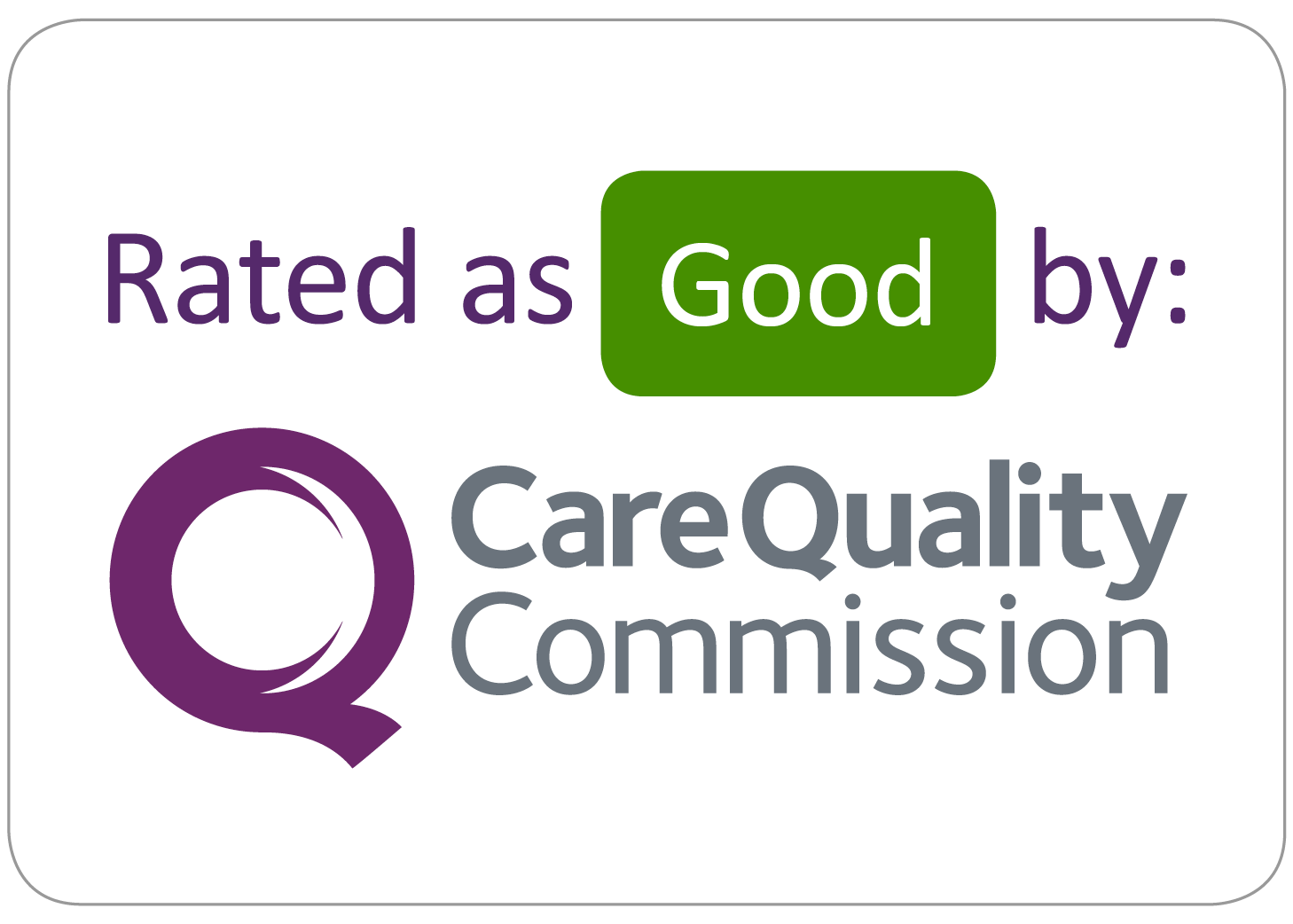Back Pain
Back pain is very common and can affect anyone at any age. For most people, it passes with very little need for further treatment. For others, movement and exercise treatments, such as physiotherapy, can really help to reduce pain and get them back to normal activity. Imaging and surgery are rarely considered helpful for back pain.
There has been a lot of research in recent years which has changed the thinking about the best way to deal with back pain. This information section gives you up-to-date advice to help you to deal with the pain and recover as quickly as possible.
The Back
The spine is very strong and difficult to damage. It is a flexible column made of chunky bones joined by discs to make it strong and flexible. Ligaments reinforce this and it is protected by a corset of muscles.
Back pain: The facts
In the vast majority of cases, as many as 95%, it will not be possible to find a specific cause for back pain. This means no single joint, ligament or muscle is causing the pain. For this reason, most low back pain is referred to as ‘non-specific’. Spinal experts around the world have agreed on this term. It means that we think that the spine isn’t working well as a whole and that safely practiced movement will help it get back into its natural pattern. Non-specific low back pain can sometimes last a long time, called chronic low back pain. The reasons for this are often complicated and we have to remember that long term pain has a serious effect on our mood. In chronic low back pain, the effects of both anxiety and depression can be hard to deal with and counselling or psychological treatment can be really important ways to improve quality of life.
Some facts to remember:
- Most people with backache do not have actual damage or serious disease affecting their spine.
- Discs don’t slip, although occasionally they might bulge out enough to irritate a nerve that passes nearby.
- A ‘trapped nerve’ is uncommon and even then will usually recover without treatment.
- An x-ray may show normal changes related to ageing - this is not arthritis.
- Most pain comes from the muscles, ligaments and joints in your back – with normal activity most back pains will settle.
- Tension and stress can sometimes worsen pain or cause pain to persist longer than it should.
- If you are physically fit your back pain may be less and you will recover more quickly. This is why exercise is encouraged to reduce the likelihood and severity of future episodes.
Please take a look at the resources below for useful advice on how to manage your back pain
Video: Introduction
Video: how to manage your back pain
Video: if your back pain doesn’t improve
Video: knee hugging
Video: knee rolling
Video: Pelvic Tilting
Video: Thoracic Rotation
Video: Bridging
Video: Reactivation Excercise
Back pain advice and information leaflets:
External Links to other Spinal Websites
- SheffieldBackPain.com - This website has been put together by Sheffield clinicians with a special interest in managing back pain. They include GPs, physiotherapists, spinal surgeons, rheumatologists, chiropractors, osteopaths and acupuncturists.
- NHS Back Pain (nhs.uk)
- NHS postural advice (nhs.uk)- Link to a helpful page on postural advice via the NHS ‘Live Well’ website

















